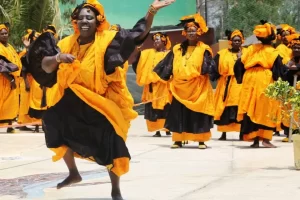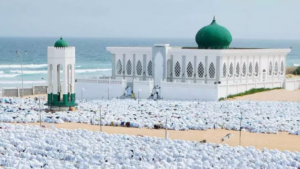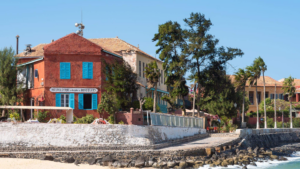Nestled on the western edge of Africa, Senegal stands as a beacon of cultural richness and artistic vibrancy. This is perhaps most evident in its thriving cinema and theater scene, a colorful tapestry of storytelling, performance, and creativity. Senegal’s cinema and theater festivals are not just annual events; they are the heartbeat of the nation’s cultural life, embodying its history, diversity, and artistic spirit.
From the bustling streets of Dakar to the tranquil shores of Saint-Louis, every corner of Senegal seems to pulsate with the rhythms of its artistic expressions. The inception of these festivals dates back to the post-colonial era, a time when a newfound sense of identity and freedom sparked a cultural renaissance across the nation. What began as modest, local gatherings has now transformed into grand celebrations that attract global attention. These festivals have become crucibles of creativity, where traditional African storytelling melds with contemporary themes, producing a rich blend of performances that are as diverse as they are thought-provoking.
The significance of these festivals extends beyond their entertainment value. They are a mirror reflecting the societal changes, challenges, and aspirations of Senegal. They act as platforms for dialogue, showcasing the nation’s commitment to cultural preservation, artistic innovation, and global collaboration. Through this exploration of Senegal’s cinema and theater festivals, one not only uncovers the essence of its art but also gains insight into the fabric of Senegalese society — dynamic, multifaceted, and steeped in storytelling traditions.
History and Evolution of Senegal’s Festivals
Tracing the history of Senegal’s cinema and theater festivals is akin to walking through a living museum of the nation’s cultural evolution. These festivals originated in the fervor of post-independence, at a time when cultural expression was seen as a cornerstone of national identity. Early festivals were modest in scale but rich in ambition, seeking to carve out a space where Senegalese artists could narrate their stories, unfettered by external influences. These events soon became annual highlights, eagerly anticipated by artists and audiences alike.
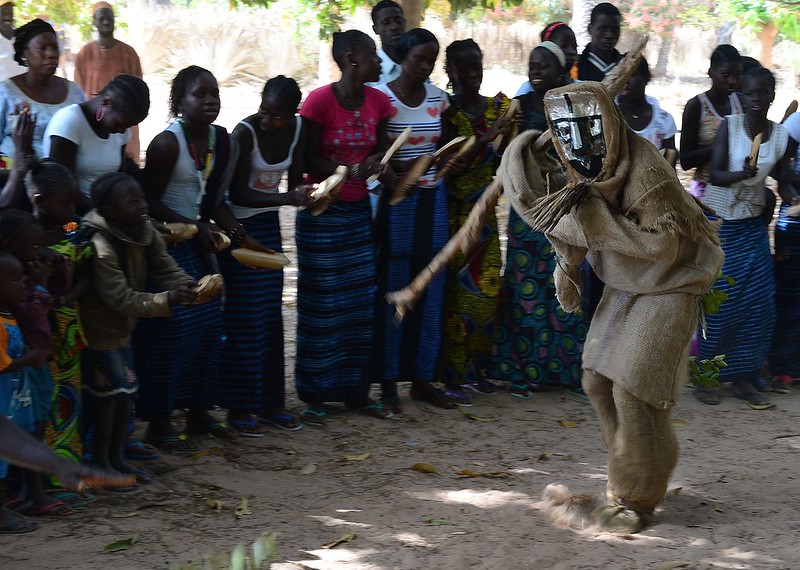
The evolution of these festivals over the decades mirrors the broader societal shifts in Senegal. The Dakar Film Festival, for example, began as a local showcase but has grown to become a prominent fixture in the international film calendar, celebrating the best of African and global cinema. The Saint-Louis Theater Festival, too, has undergone a transformation, evolving from traditional theatrical performances to include contemporary plays and experimental works. These changes reflect the dynamic nature of Senegalese society, constantly adapting to new ideas while remaining grounded in its rich heritage.
Each festival’s growth has been marked by an increasing sophistication in production and presentation, attracting international artists and audiences. This global expansion has not diluted their essence; instead, it has enriched the festivals, infusing them with new perspectives and ideas. Today, these festivals stand as testaments to Senegal’s artistic prowess and its ability to engage in a global dialogue through the universal language of art.
Major Festivals and Their Unique Features
The tapestry of Senegal’s major cinema and theater festivals is as diverse as it is vibrant. The Dakar Film Festival, held annually in Senegal’s bustling capital, is perhaps the most illustrious of these. It has become a hub for filmmakers from across Africa and the globe, showcasing a wide array of films from groundbreaking feature-length movies to pioneering short films. The festival not only screens films but also hosts workshops, panel discussions, and networking events, making it a vital platform for professional development in the cinematic arts.

In contrast, the Saint-Louis Theater Festival, located in the historic city of Saint-Louis, offers a different flavor. Here, theater is celebrated in all its forms from traditional storytelling and dance to modern drama and experimental performances. This festival is a testament to the versatility of African theater, showcasing productions that delve into themes ranging from historical narratives to contemporary social issues. It’s an immersive experience, where the lines between performers and audiences blur, creating a shared space of artistic communion.
Other significant festivals, such as the Gorée Cinéma Festival and the Louga Theater Festival, each add their unique brushstrokes to Senegal’s cultural canvas. The Gorée Cinéma Festival, set on the serene island of Gorée, is known for its focus on films that address poignant social and political themes, while the Louga Theater Festival celebrates the rich oral traditions of Senegal, showcasing plays that integrate music, dance, and storytelling. Each festival, in its unique way, contributes to the rich mosaic of Senegal’s cultural landscape, offering varied and enriching experiences to attendees.
Notable Films, Plays, and Artists
The influence of Senegal’s festivals on cinema and theater has been profound, providing a springboard for numerous acclaimed films, plays, and artists. In cinema, works like “Touki Bouki” directed by Djibril Diop Mambéty, and “Faat Kiné” by Ousmane Sembène have garnered international acclaim, showcasing the unique storytelling style and aesthetic of Senegalese filmmakers. These films are renowned for their intricate narratives, rich visuals, and deep social commentary, reflecting the complexities of Senegalese society.
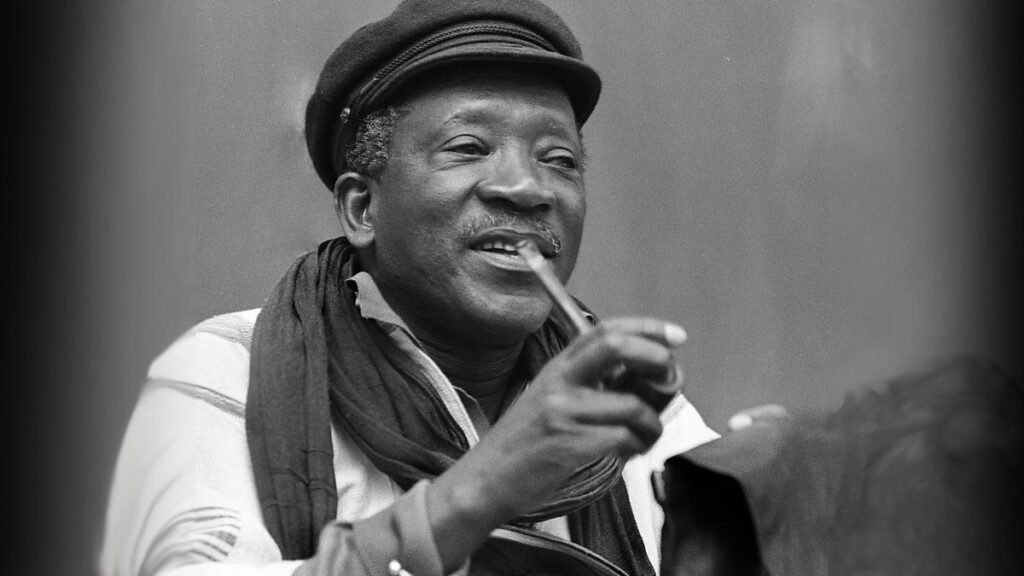
In the realm of theater, productions such as “Bintou” and “The Dance of the Forest” have captivated audiences with their powerful storytelling and innovative staging. These plays, often premiered at the festivals, explore themes ranging from family dynamics and social constraints to folklore and mythology, offering insights into the diverse tapestry of Senegalese life.
The artists behind these works have become icons of Senegalese culture. Filmmakers like Ousmane Sembène, often referred to as the ‘father of African cinema,’ and theater directors like Lamine Ndiaye have made significant contributions to their respective fields. These artists have not only shaped the artistic landscape within Senegal but have also gained recognition on the global stage, paving the way for future generations of Senegalese creatives.
Conclusion
Senegal’s cinema and theater festivals are more than annual cultural events; they are celebrations of the nation’s artistic heart and soul. Through these festivals, Senegal continues to weave its narrative, one that is rich in history, steeped in tradition, and vibrant with contemporary voices. For those yearning to experience the magic of these festivals, the journey is made seamless with SENEGAL SHUTTLE. As the premier transportation service in Senegal, SENEGAL SHUTTLE offers a comfortable, reliable, and enriching travel experience to the heart of Senegal’s artistic celebrations. Book your journey with SENEGAL SHUTTLE today, and immerse yourself in the rich tapestry of Senegalese cinema and theater. Embrace the opportunity to be part of a unique cultural adventure that will leave you inspired and transformed.

